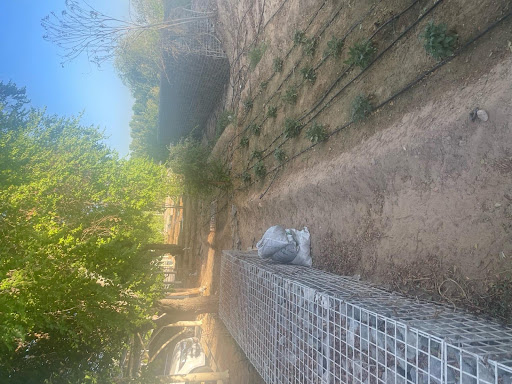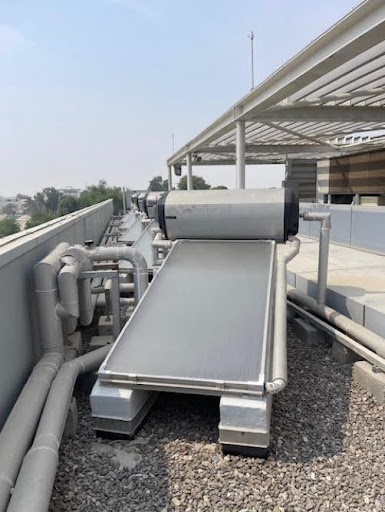Home > Green Nephrology
At SKC we understand the importance of protecting the environment and preserving it for future generations. That's why we"ve made a commitment to reduce our carbon footprint and operate in an eco-friendly manner. Nephrology care produces a high Carbon footprint (see figure 1) , particularly in advanced kidney disease, but we are committed to reducing this.
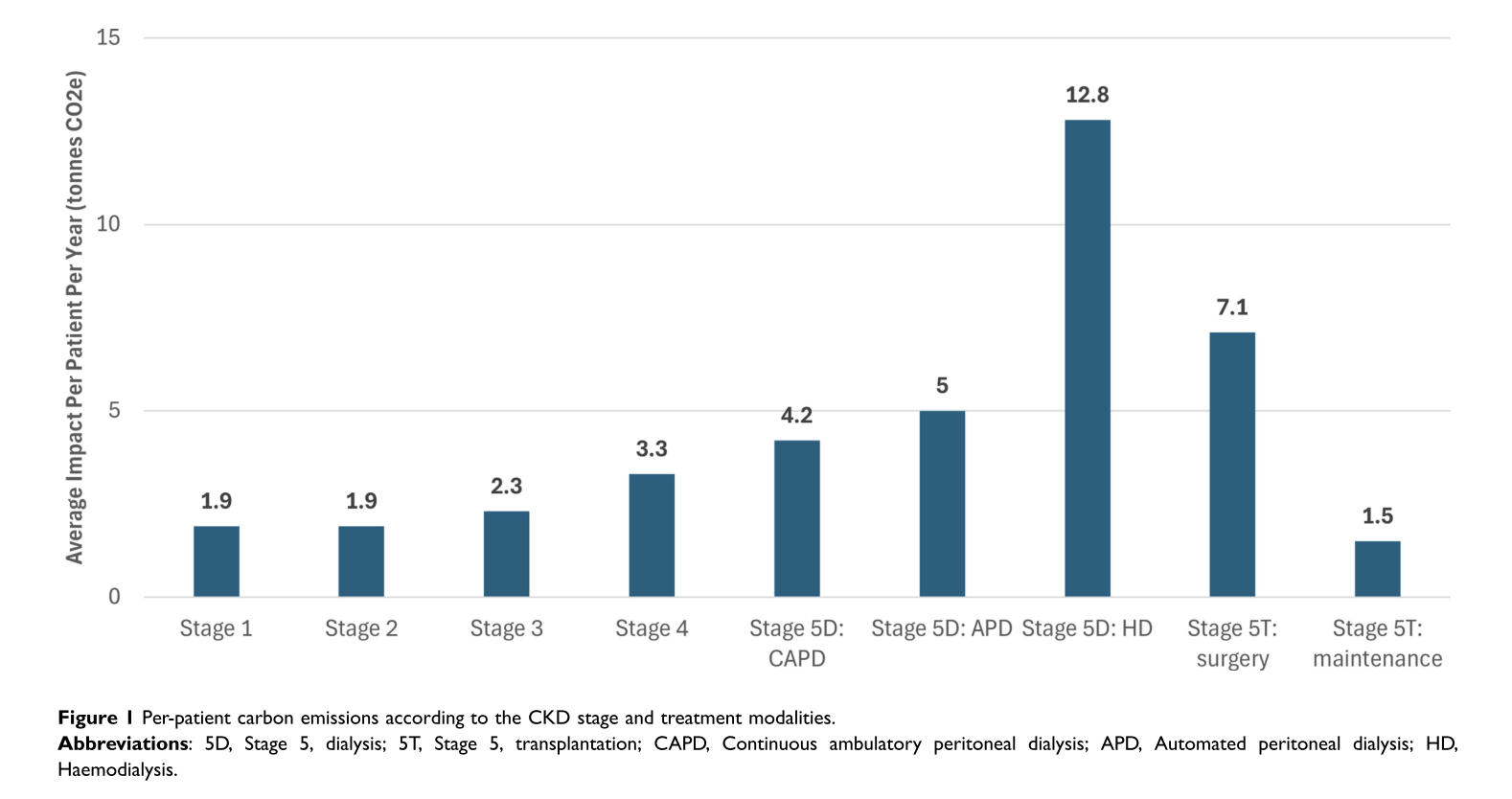 This is why one of the best things we can do for the environment is to
This is why one of the best things we can do for the environment is to
As you would expect we also make the simple environmental changes from things like using energy-efficient lighting, reducing paper use and equipment to implementing sustainable practices in our daily operations, we're constantly finding new ways to minimize our impact on the environment.
Some of these green initiatives also include
But our commitment to environmental sustainability doesn't stop there…
We have plans for
We're also dedicated to educating our employees, customers, and partners on the importance of environmental stewardship and how they can play a role in protecting the planet. Whether it's through recycling programs, energy-efficient transportation options, or sustainable product development, we are always looking for ways to make a positive impact on the environment.
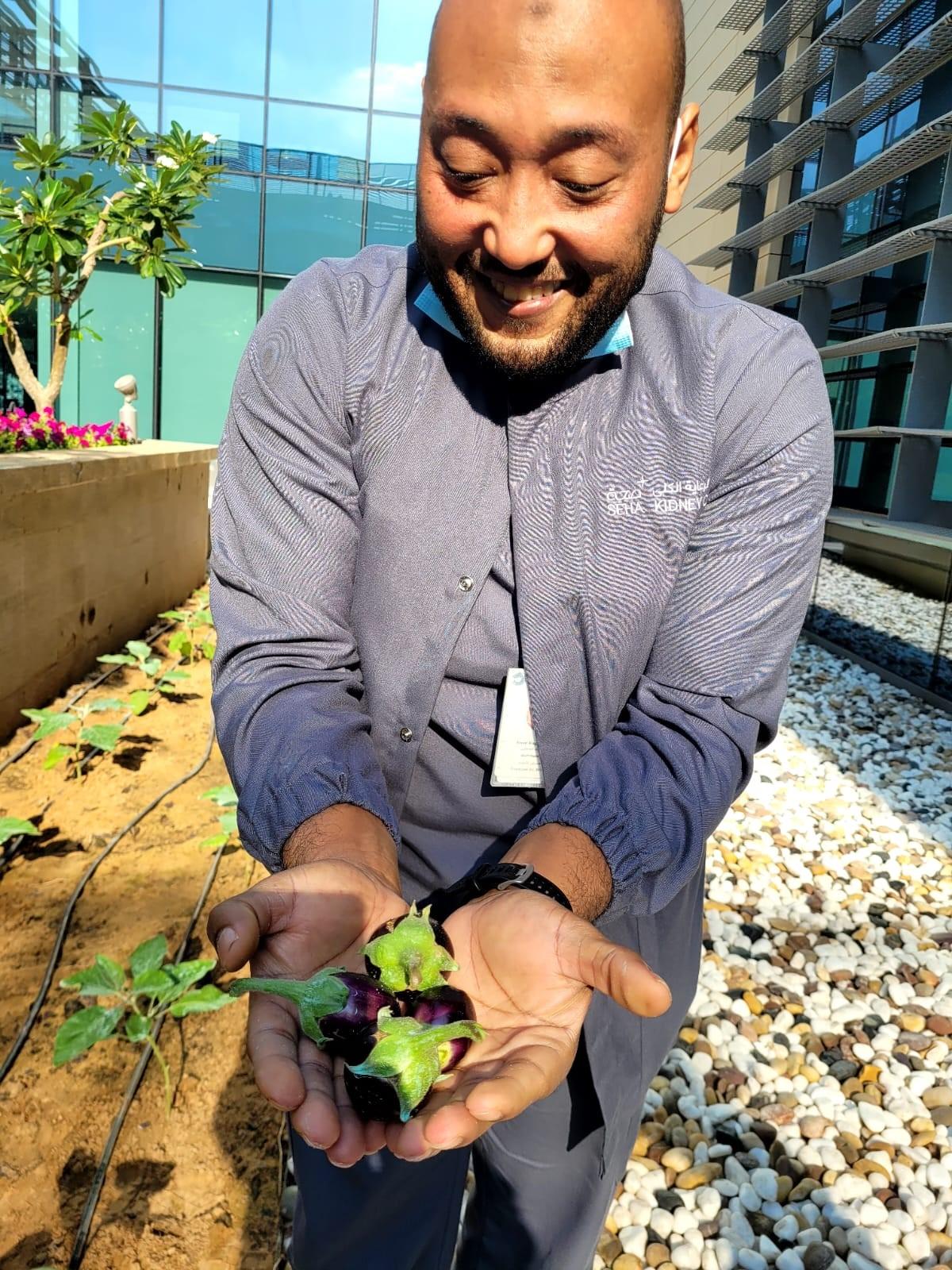
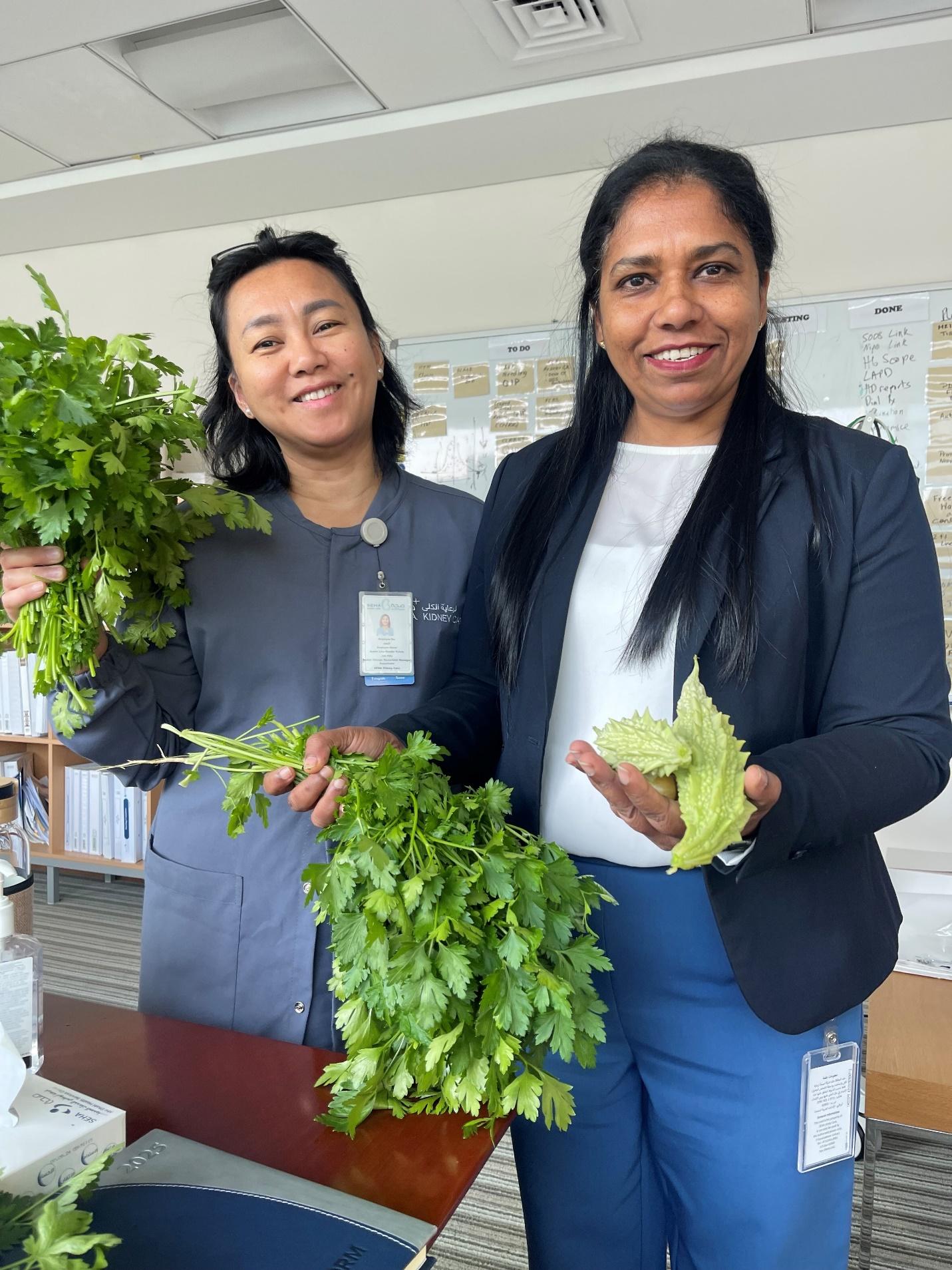
We also have research projects planned for
We believe that everyone has a responsibility to do their part in protecting the environment, and we're proud to be leading the way in environmental sustainability. By working together, we can create a brighter, more sustainable future for generations to come.
Alongside its clinical and humanistic burden, Kidney Disease care is associated with a significant carbon footprint. We estimated that haemodialysis leads to greenhouse gas (GHG) emissions of ~12.8 tons of CO2 equivalents (CO2eq) per haemodialysis patient in the UAE annually. Decarbonization of CKD care is crucial in establishing an environmentally sustainable healthcare system. SKC are leading the way in green initiatives. SKC already employ many systems to reduce our carbon footprint including, special efficient buildings management systems, efficient reverse osmosis with recycling of rejected water and use in grey water applications (eg irrigation and toilets flushing).
Local planting and small vegetable plots.
